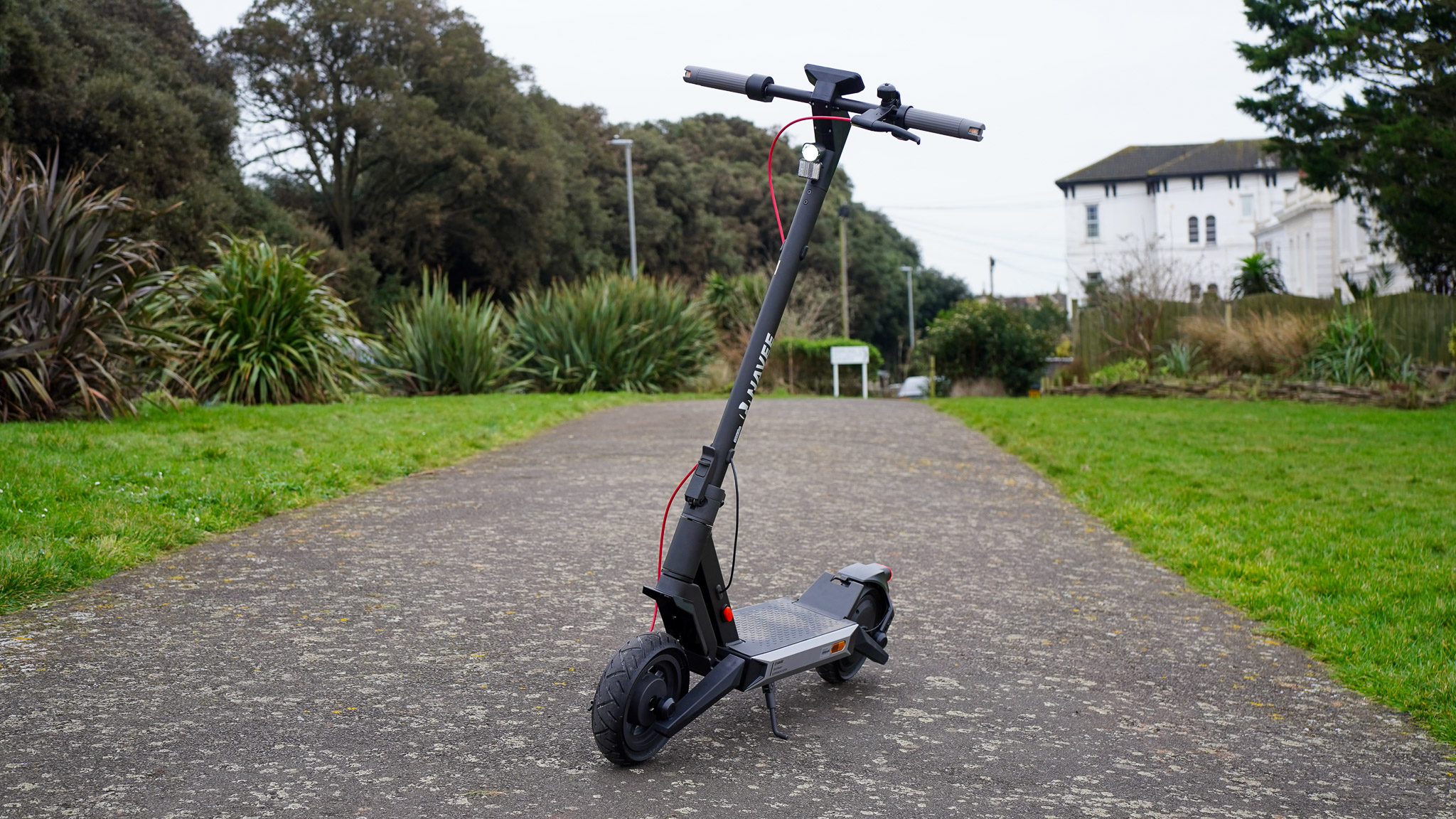
The Red Dot Design Award-winner Navee S40 electric scooter has garnered attention for its distinctive design. Inspired by Tesla’s Cybertruck, which in itself is a unique design proposition, this electric scooter boasts ShockMaster dual suspension, a maximum speed of 20 mph (32 km/h), and Apple Find My compatibility.
I’ve been riding it for a couple of months, and the Navee S40 sure is a fun micro-mobility machine. It’s not without flaws – people who commute in hilly areas might want to look elsewhere – but if you’re after an energetic flat-terrain sprinter, this e-scooter is a sound option.
Navee S40 review
Price and availability
The Navee S40 is priced at $799 in the US, making it a competitively priced mid-range option in the e-scooter market. It’s available through major online retailers and the official Navee website, with occasional discounts during seasonal sales.
In the UK, the S40 retails for £699 and is available via e-commerce platforms (occasionally at Amazon UK), as well as select high-street retailers specialising in personal electric transport. Australians can pick up the Navee S40 for AU$1,199, with availability through local distributors and online retailers like Kogan.
Specifications
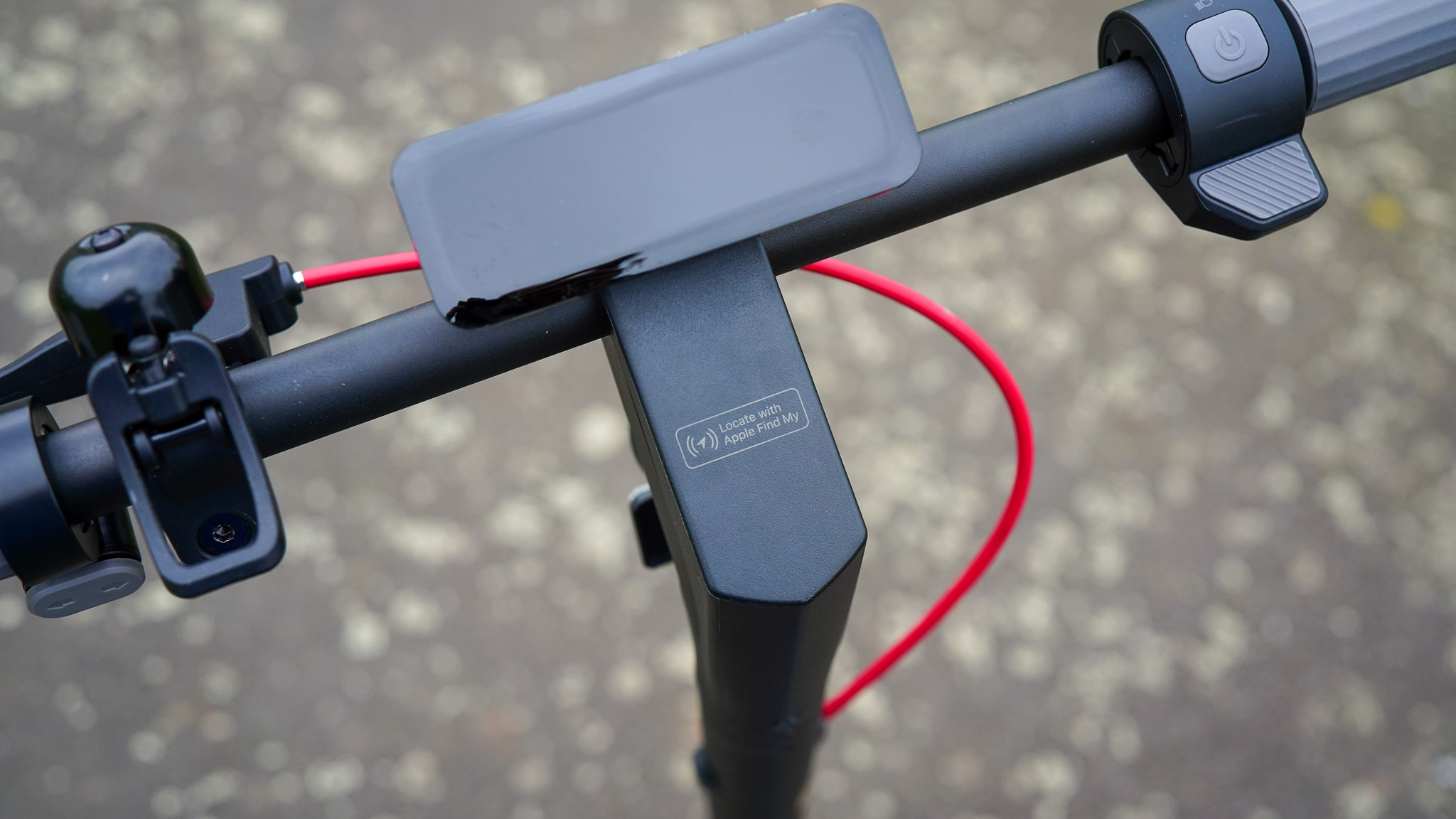
- Best for: short trips, agility
- Max speed: 20 mph (32 km/h)
- Range: up to 25 miles (40km)
- Weight: 49 lbs (22.2 kg)
Design and build quality
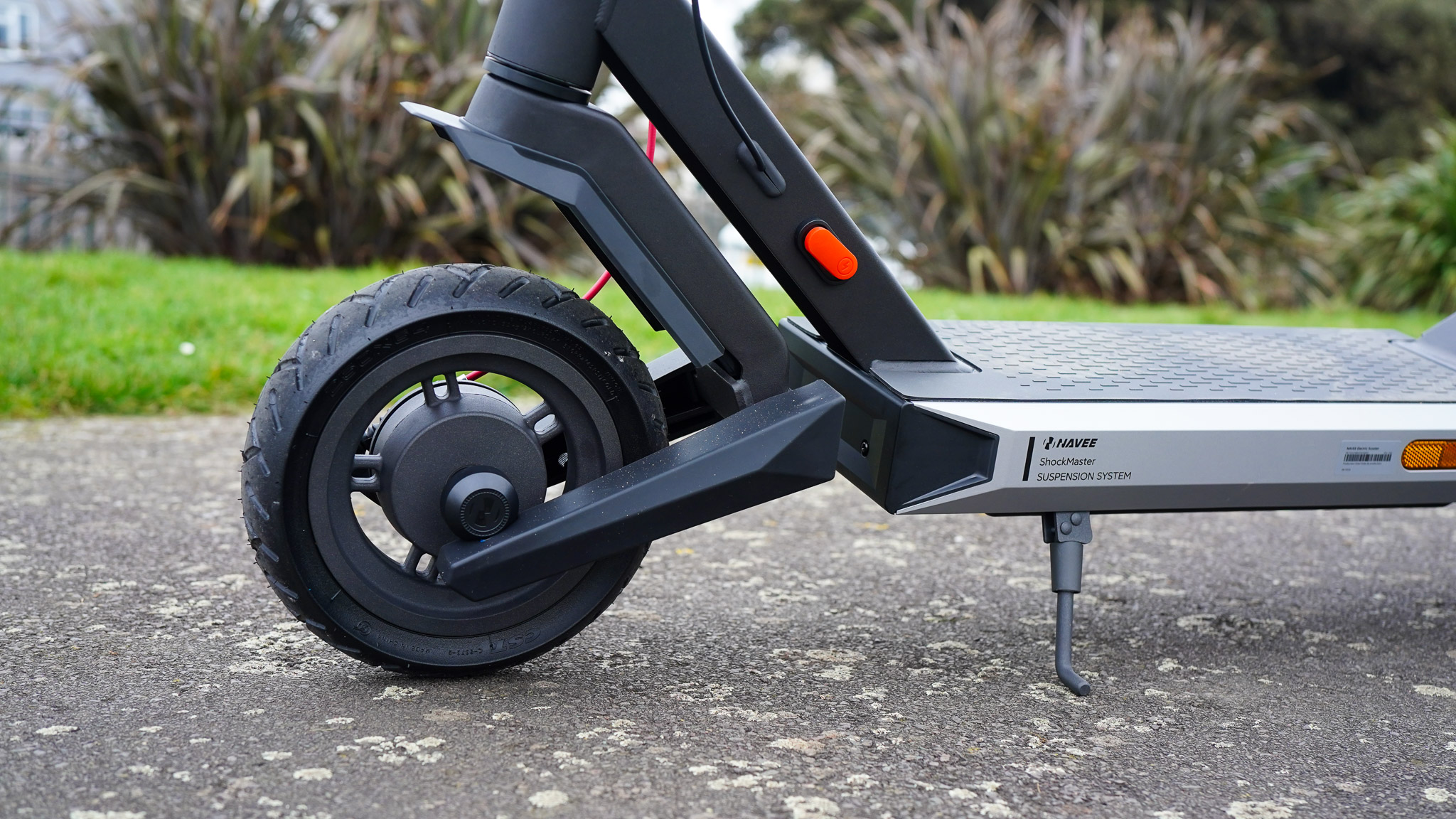
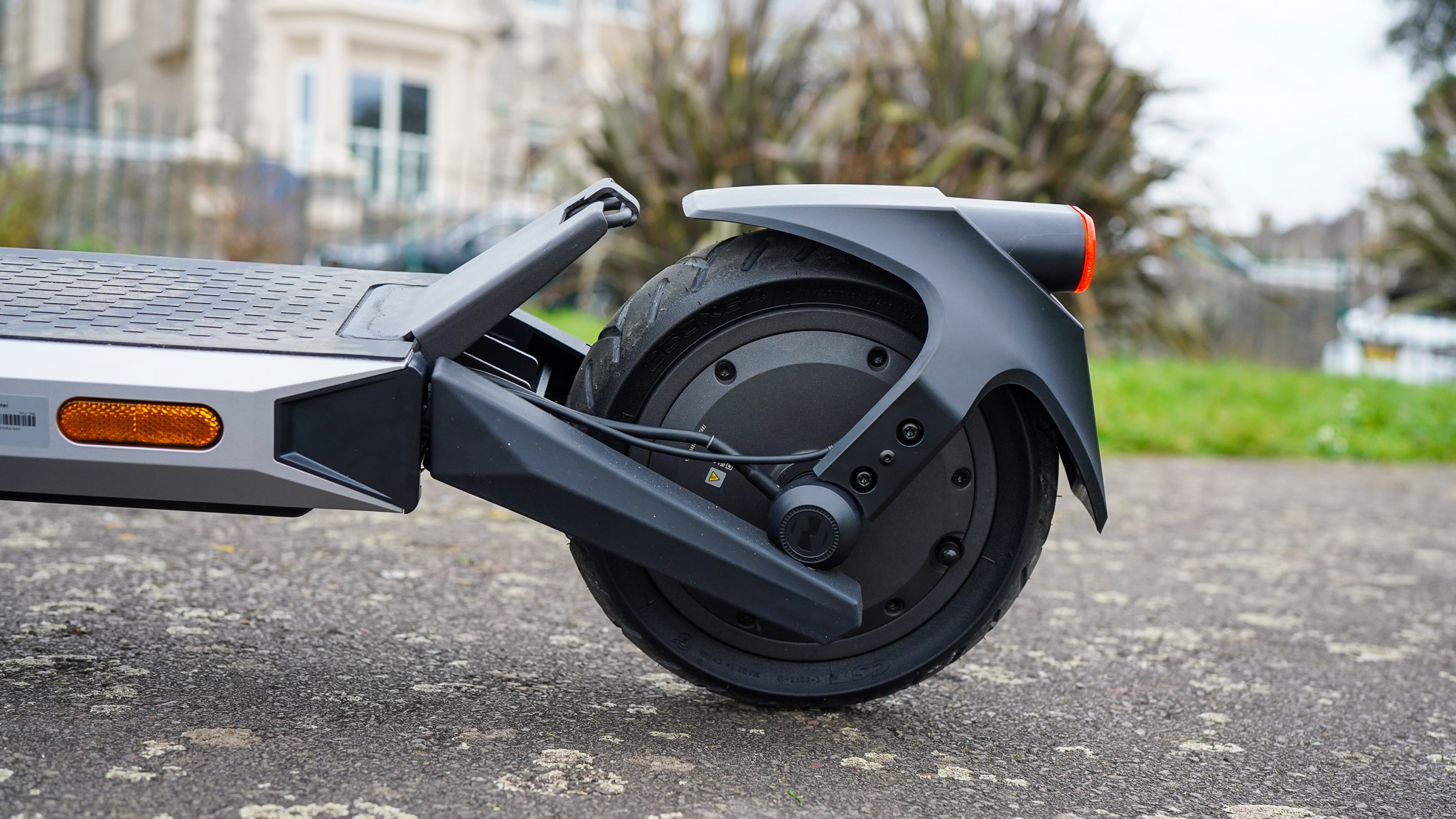
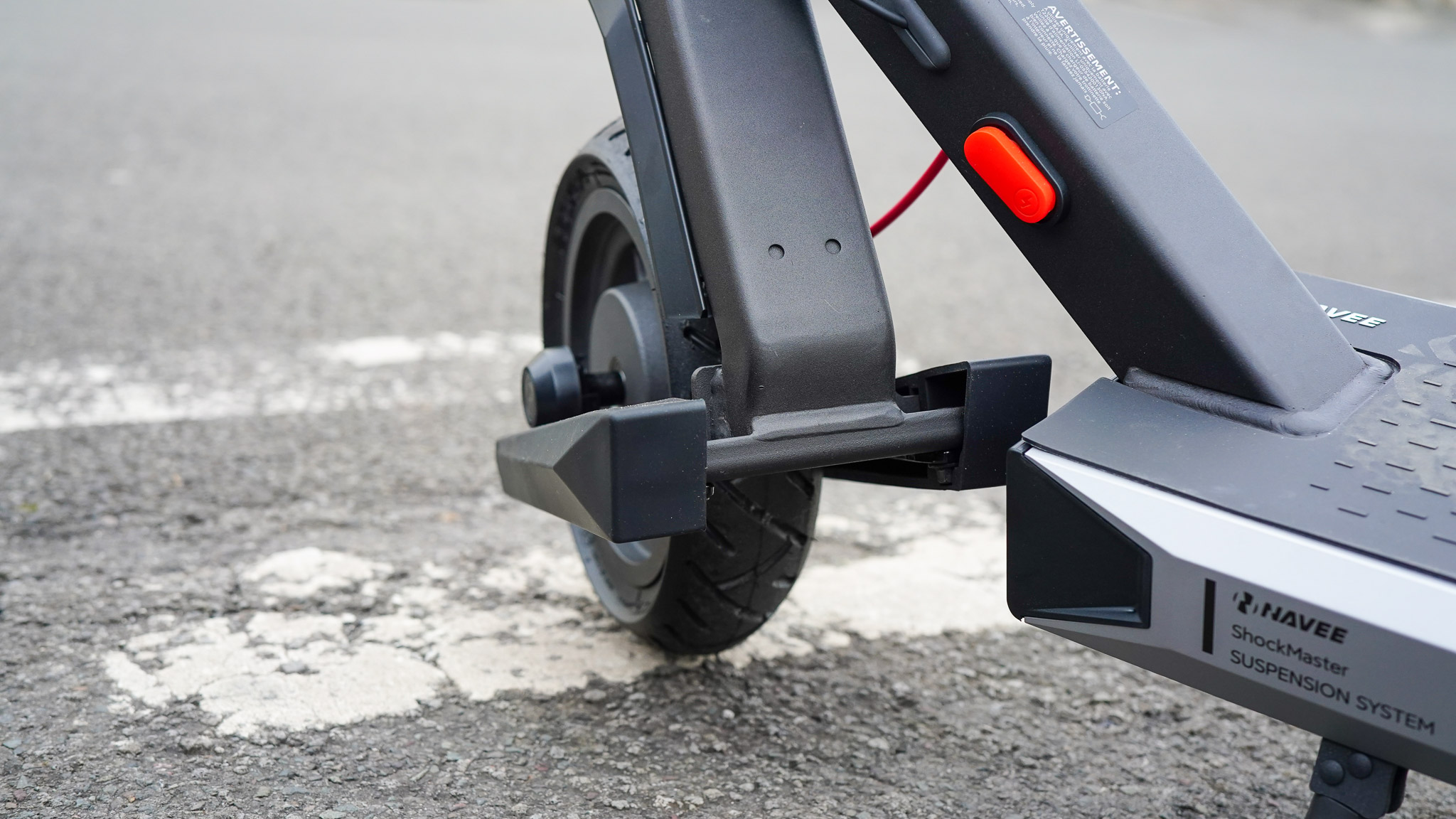
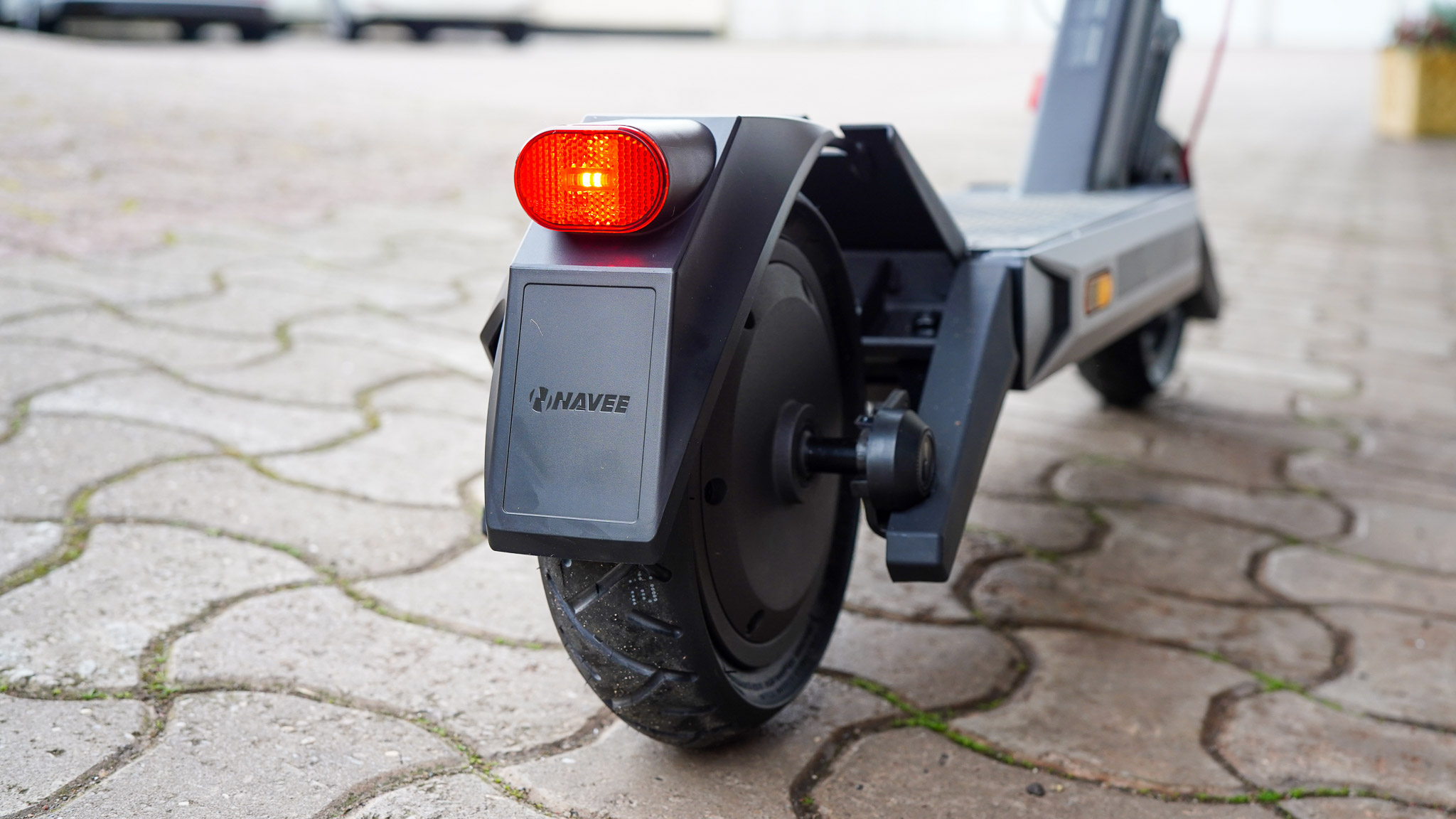
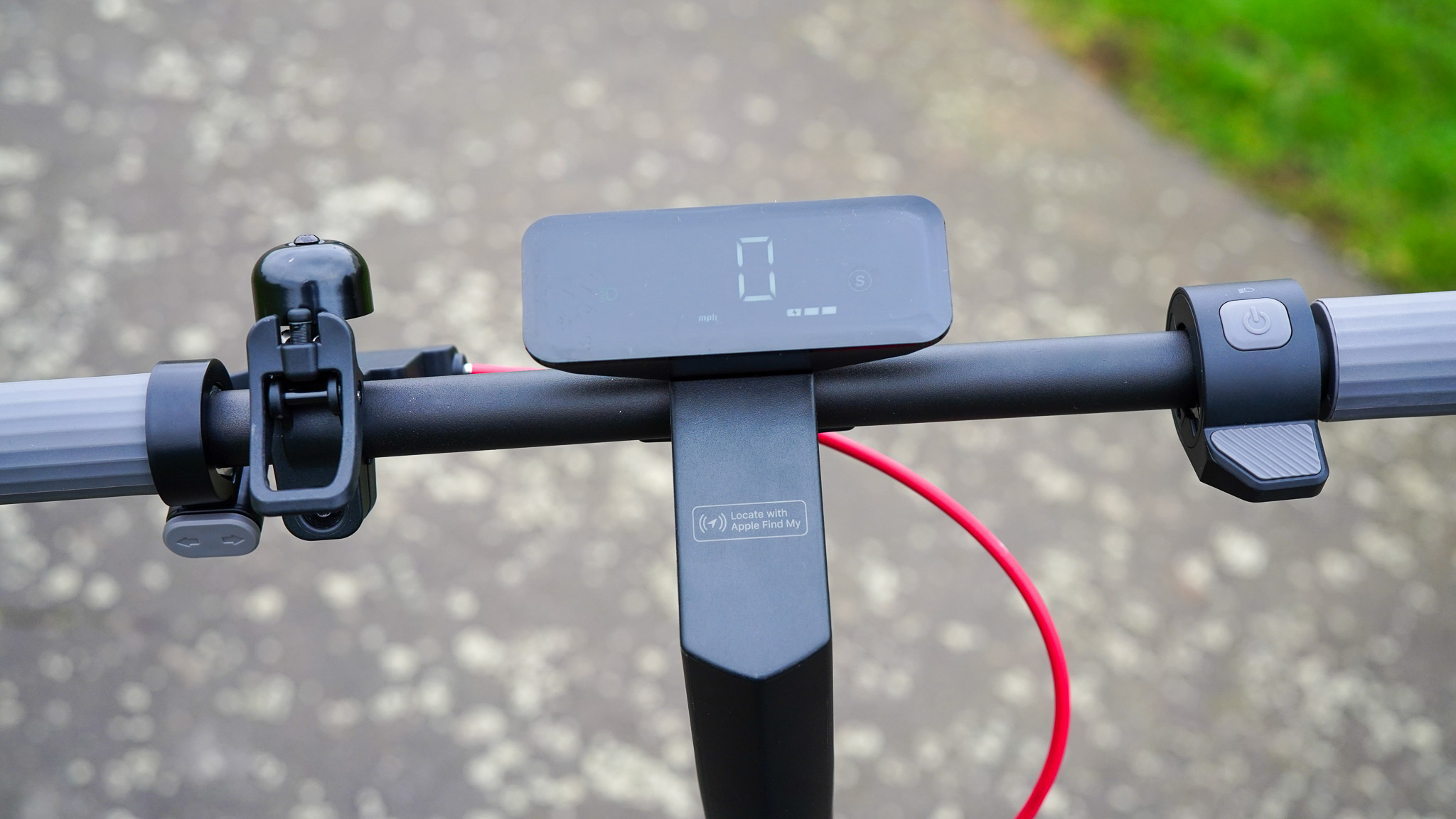
Inspired by the Tesla Cybertruck, the S40 has a cyberpunk-esque aesthetic with sharp lines and a minimalist frame. It’s quite heavy at 49 lbs (22.2 kg), but the scooter has a folding design, which makes it somewhat suited for train commuting.
One thing is for sure: the Navee S40 is a solid machine. The thick, diamond-cut metal base and sturdy, well-fitted plastic components contribute to its durability and modern appearance. Unlike some more portable (i.e. lighthweight) scooters often make you feel more vulnerable on the road – this won’t be the case here.
Another USP of the Navee S40 is the dual swingarm suspension system. The brand claims the ShockMaster module’s spring steel suspension is used for heavy trucks over 14 tons and boasts a 35% efficiency in shock absorption compared to traditional springs.
The platform is wide enough to accommodate longer feet (such as mine) and has a textured design for better grip. The steering column can be folded for easier transportation. I wasn’t sure how to clip the handlebar to the base at first; after some playing around, I noticed the loop on the bell and realised that must be how to attach the two parts when folded.
Safety features include a dual braking system – front drum brake and rear E-ABS. I would’ve appreciated disc brakes for a premium-looking model such as the Navee S40, but the drum brake does a decent job of slowing you down, and that’s the main thing.
The 4-inch LED display provides clear information on speed, battery level, and riding mode. The visibility from lower angles isn’t the best, but it worked perfectly for me. The Navee S40 is equipped with indicator lights, with the control button located under the left grip (under the thumb). I like the layout of the button, which makes it obvious which way you’re indicating without looking.
The chassis is mounted on two 10-inch tubeless tyres. These are a good size for the scooter and help reduce the inevitable shaking coming from driving on uneven tarmac (the suspension system helps, too). The Navee S40 is IPX5-rated, meaning it will withstand some light splashing. As in the case with most electric scooters, I wouldn’t drive into puddles, though. Maximum user weight is set at 120kg.
Finally, the scooter has built-in front and rear lights, which you can initiate by short pressing the on/off button located on the throttle ring. Overall, the Navee S40 has a well-thought-out design, albeit not as futuristic as it thinks it might be. A nice micro-commuting machine, nevertheless.
Performance and range
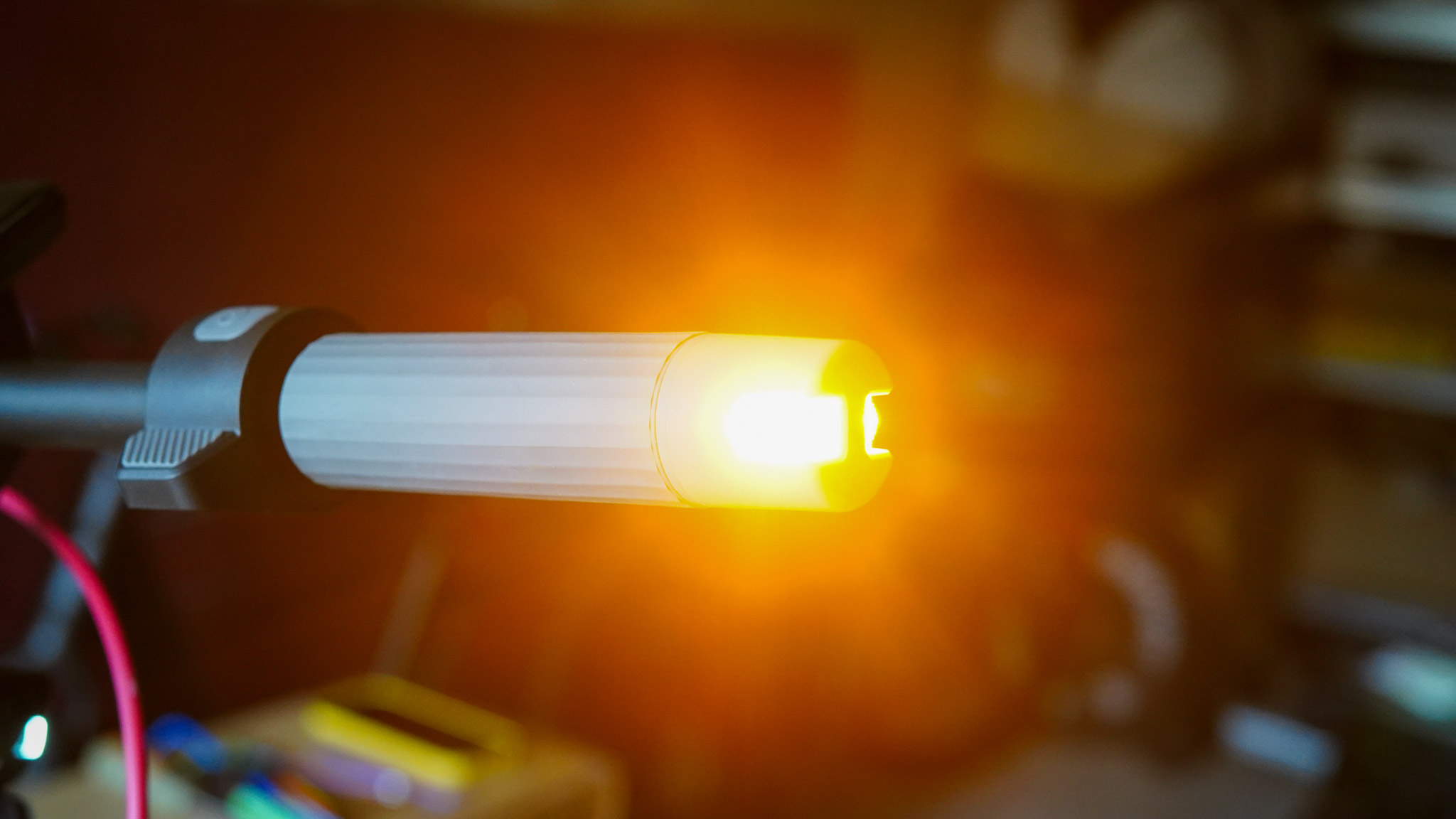
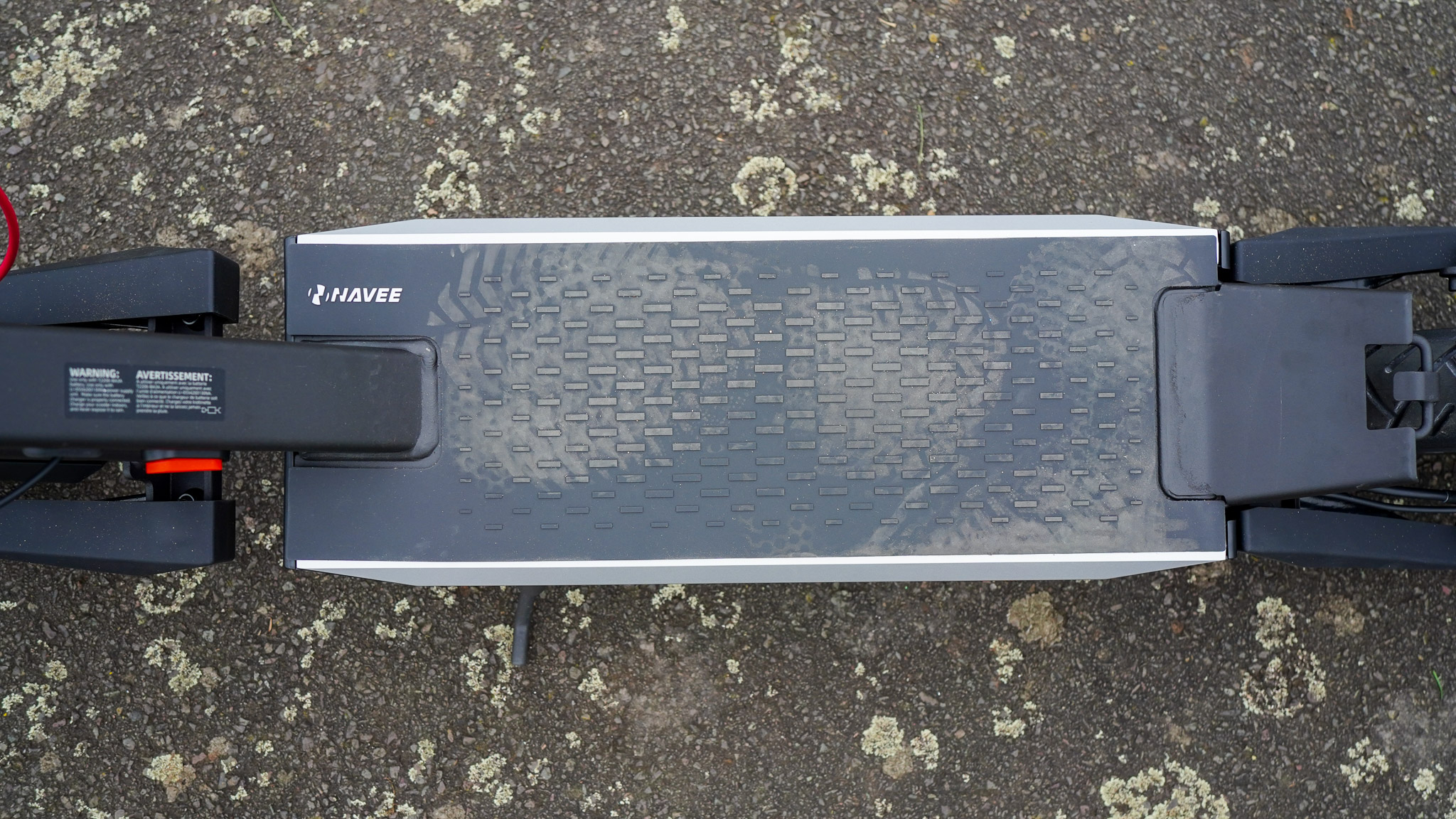
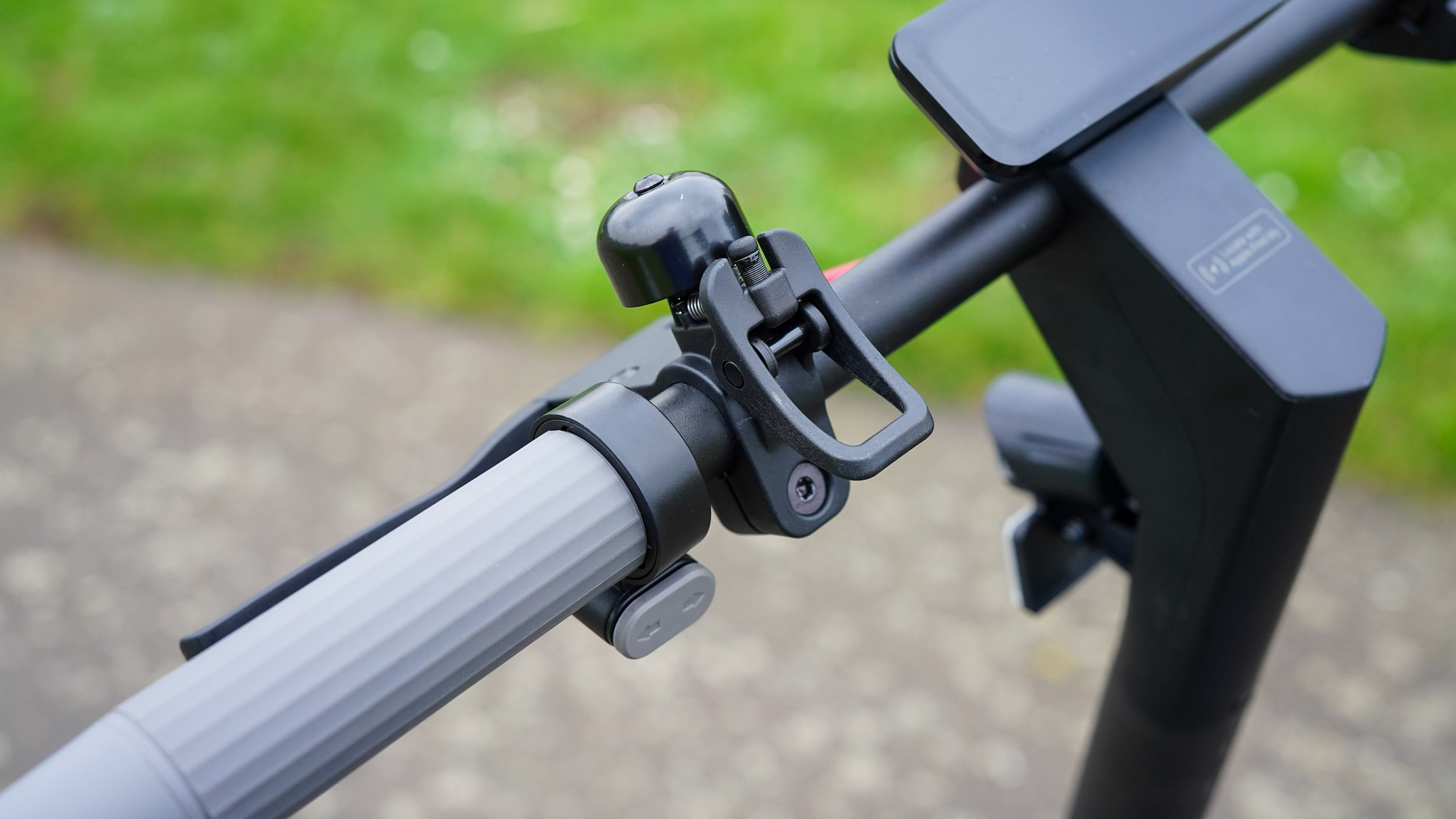
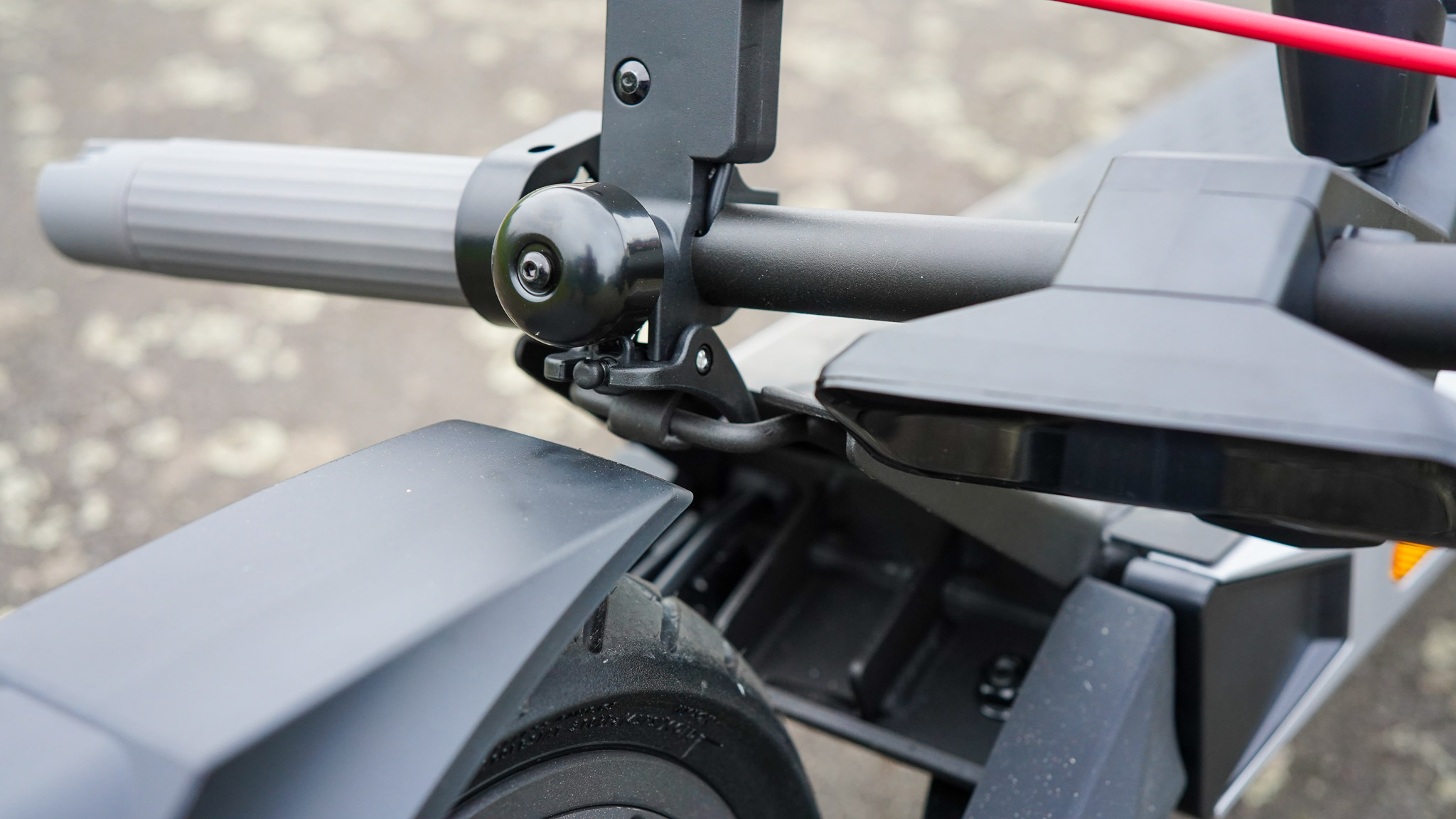
Equipped with a 350W (700W peak) motor, the S40 can achieve a top speed of 20 mph (32 km/h) and has an 18% maximum incline ability. There are three riding modes: Walking, Standard, and Sport. The maximum range is said to be 25 miles (40 km) when the maximum speed is limited to 9 mph, and, presumably, there aren’t any hills in your way.
From a speed point of view, the Navee S40 delivers the goods. Find some flat terrain and switch the scooter to sport mode, and you’ll be riding at 20mph soon enough. It handles somewhat uneven terrain well, thanks to the dual suspension system. turns are sharp and controlled, making you feel in control when you ride.
Things take a turn for the worst when the Navee S40 has to tackle inclines. I weigh around XXXlbs (approx. 82kg), so I’m not the most petit rider, and I could tell the e-scooter was struggling to take me up hills. Even less steep inclines significantly reduced the travelling speed, which I didn’t expect from a scooter with a 700W peak power motor.
The Navee S40’s won weight doesn’t help things much. At 49 lbs (22.2 kg), it’s far from lightweight; lugging its own heft is probably challenging for the scooter as is, let alone when you add a taller/heavier rider.
As a result, the scooter’s actual range is also well below the otherwise not mind-blowing 25-mile estimate. I took the Navee S40 out for a 10-15-minute ride with the battery indicator showing three bars. By the time I was cruising back home, it was down to one bar.
Now, I appreciate that e-scooter range varies depending on terrain, user weight, mode and even factors like temperature, but still, the Navee S40 won’t deliver the claimed 25-mile range unless you ride it super slow on flat terrain with a tailwind, which isn’t a real-life scenario for most.
Recharging the battery from zero to 100 per cent takes around six hours. This, combined with the comparatively low range means the Navee S40 will be on charge a lot. Oh, well.
Verdict
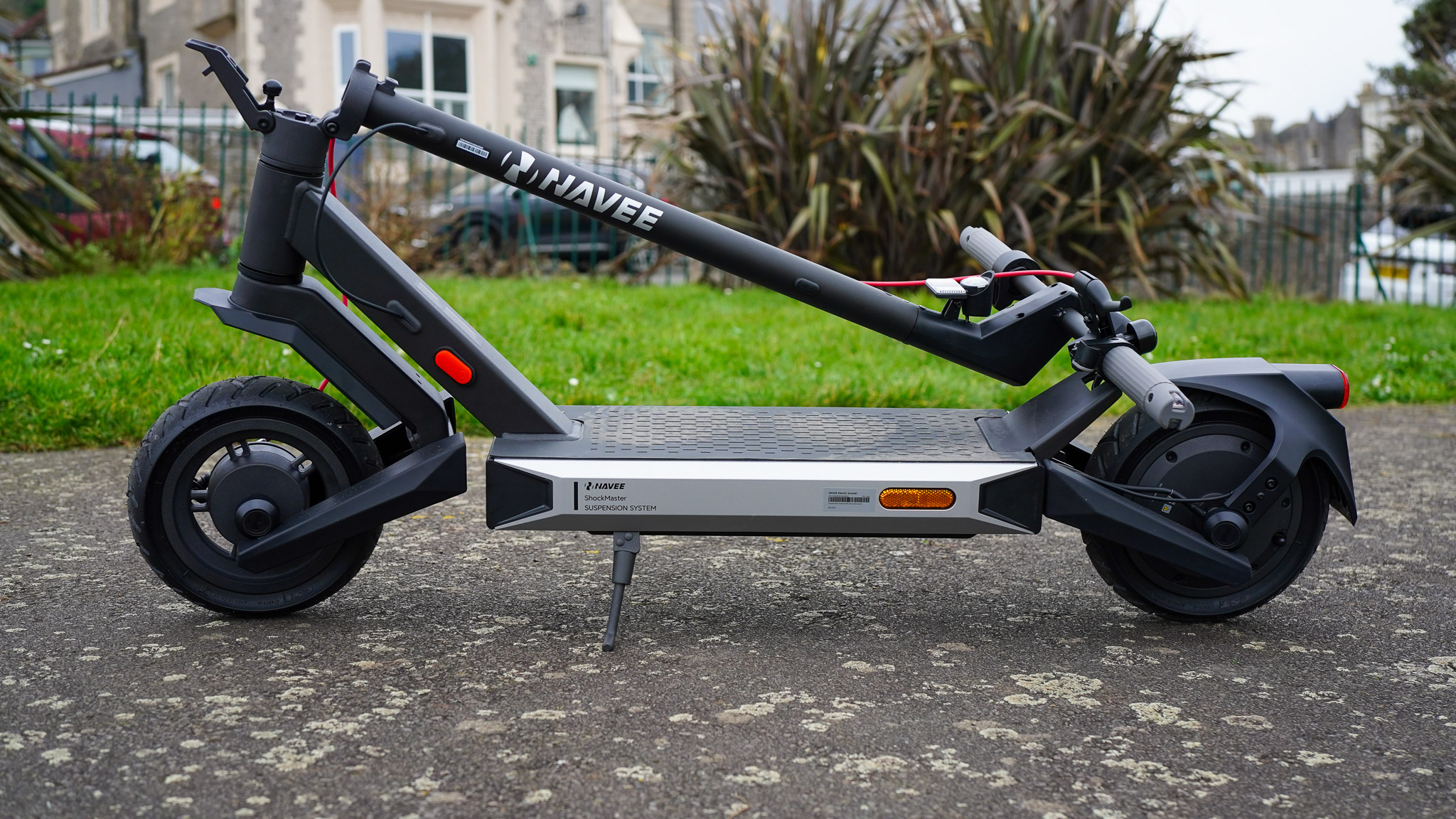
Despite its shortcomings, it’s hard not to like the Navee S40 for the same reason people like the Tesla Cybertruck. It’s a fun thing to look at and ride, which helps you forget that it won’t be able to whisk you up hills or last for a long time.
The S40 is a flat-terrain sprinter that thinks it’s an all-terrain SUV. If the second iteration could shed some of its weight and up the torque, I might recommend it more. For now, it’s best suited for lighter riders who live nowhere near hills. They will love it, though.
Also consider
Segway Ninebot MAX G30: It offers a significantly longer range of up to 40 miles, making it ideal for those who need extended commuting power. Its 350W motor (700W peak) provides better hill-climbing capabilities, while its slightly lighter weight and foldable design improve portability compared to the Navee S40.
Turboant X7 Pro: For riders who value convenience, the Turboant X7 Pro features a detachable battery, allowing for easy charging and extended range when swapping batteries. Weighing only 33 lbs (15 kg), it’s far more portable than the Navee S40 while still delivering a solid 20-mile range.
Apollo City 2023: This scooter excels in hill performance with its optional dual-motor configuration and torque-heavy acceleration. It also boasts excellent build quality with IP66 water resistance and smart app features, offering a more versatile and customizable riding experience than the Navee S40.







